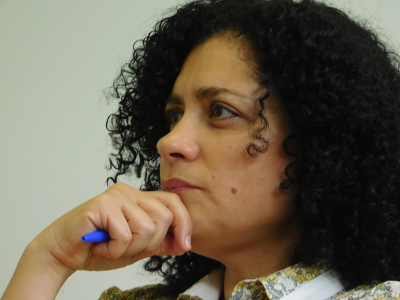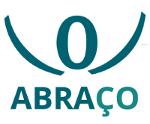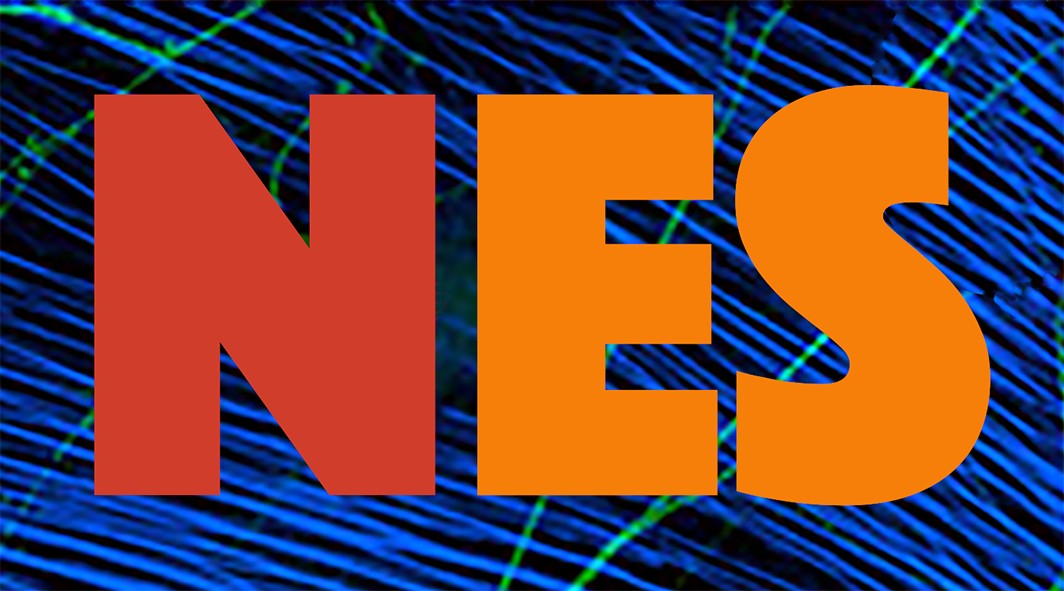
NeuroMat's report of activities: research, technology transfer and dissemination
Newsletter | Jul 03, 2017
Stochastic models for biological neural networks. “Statiscian brain” conjecture. High-performance computing. Open-source, free softwares. New directions for early diagnosis of Parkinson’s Disease. Brachial-plexus-injury initiative. Wikipedia. The Research, Innovation and Dissemination Center for Neuromathematics (RIDC NeuroMat) has released the report of activities for 2015-2017, to be assessed by the São Paulo Research Foundation (FAPESP) international evaluation committee. The report lists major achievements in the three main areas of NeuroMat —research, technology transfer, dissemination— as well as general information on the RIDC team, publication metrics and funding support.
An overview of mathematical literacy in Brazil: an interview with PISA analyst Esther Carvalhaes
Newsletter | May 30, 2017
 |
The 2015 OECD’s PISA result “tells us that most students in Brazil, after spending many years in compulsory education, are unable to make use of mathematics concepts and procedures to perform even basic operations and solve very simple problems.” PISA stands for Program for International Student Assessment, a study to assess the performance of 15-year-old students in various countries on three academic areas: reading, mathematics and science. The recently published 2015 assessment has indicated that Brazil “was well below the average performance of students in the developed world in all three areas tested.”
New fronts in the effort of disseminating science
Newsletter | Apr 28, 2017
The RIDC NeuroMat currently hosts five projects to disseminate science, funded by FAPESP. These projects focus on many aspects of how to develop a media strategy for improving science communication: collaborative technologies, transmedia, interactions between specialists and interested audiences, training of science journalists.
NeuroMat initiative to address research and education on brachial plexus injuries
Newsletter | Apr 16, 2017
The Research, Innovation and Dissemination Center for Neuromathematics (RIDC NeuroMat) will soon launch a multidisciplinary initiative focusing on brachial plexus injuries, called the NeuroMat Action for the Brachial Plexus Injury, or ABRAÇO. This initiative will become a go-to reference for patients, patients’ relatives, health professionals, researchers and educators who are interested in this kind of injury, that has been in the rise in Brazil, especially associated to an increasing number of motorcycle riders and accidents. Leading figures in this initiative are the NeuroMat scientific director, Antonio Galves, and NeuroMat PI, Claudia Domingues Vargas.
Advancing scientific culture through Wikimedia projects
Newsletter | Jan 31, 2017
Levels of scientific culture are associated to a mass of social phenomena, according to the literature, ranging from economic measures (i.e., innovation rates, development) to sociopolitical indicators, such as political participation and inequality. Not surprisingly, a country’s level of scientific culture, for instance as measured by the 2015 PISA assessment, is strongly associated to this country’s level of science education and normally quality of educational resources produced in this country. From one direction, this means that the lower the level of scientific culture in a country the lower the quality of educational books, magazines, websites and so on that will be produced or available in this country. A recent study has indicated that a country's level of scientific culture is also associated to the quality of contributions from this country to the electronic encyclopedia Wikipedia.
| NeuroCineMat |
|---|
|
Featuring this week: |
| Newsletter |
|---|
|
Stay informed on our latest news! |
| Follow Us on Facebook |
|---|




